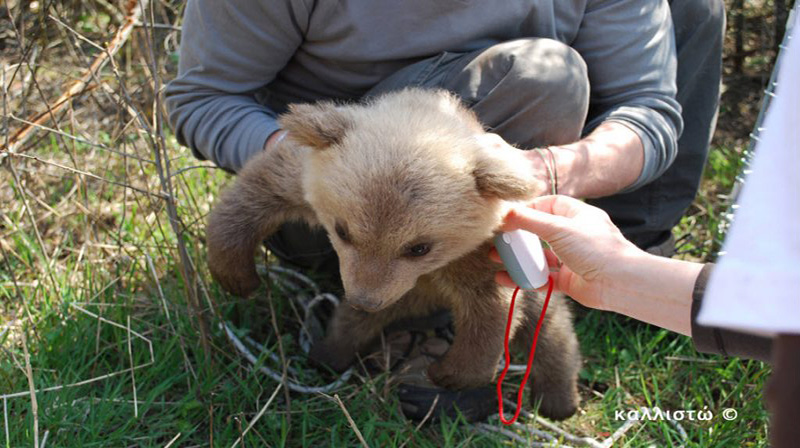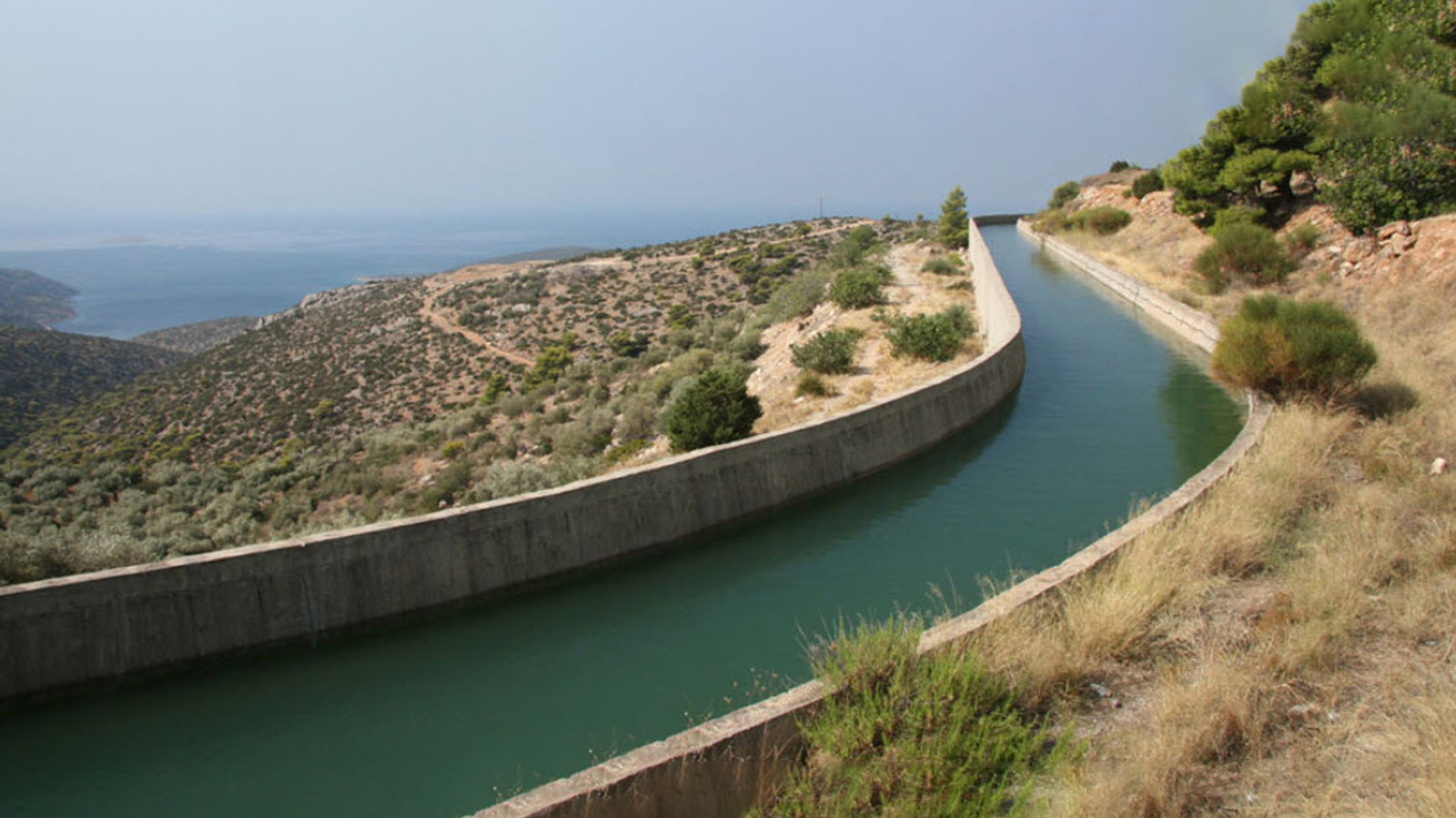DURATION: 19.09.2013 to 31.10.2015
BUDGET: 163,675.00€/1,616,019.16€
FUNDING: National Strategic Reference Framework (NSRF 2007-2013) Operational Programme «Competitiveness and Entrepreneurship» (OPCE ΙΙ)
ABOUT ALPINE
 ALPINE was a 2 year project funded by National Strategic Reference Framework (NSRF 2007-2013) Operational Programme «Competitiveness and Entrepreneurship» (OPCE ΙΙ).
ALPINE was a 2 year project funded by National Strategic Reference Framework (NSRF 2007-2013) Operational Programme «Competitiveness and Entrepreneurship» (OPCE ΙΙ).
ALPINE aimed to the design, implementation and evaluation of low power, energy-efficient sensor networks together with a suite of high-level, programming tools that are tailored to the specific requirements of real-time environmental management. The project had a special focus on the investigation of the bidirectional relationship between large scale urban development and the natural habitat of man, fauna and flora. The generic solution was evaluated with the help of two pilot applications, one in the domain of hydrological infrastructure management and one in the area of bear and wolf management.

The technological components required to develop this capability are maturing rapidly, albeit somewhat independently. In prior art, sensor networks have been proposed and deployed for a wide variety of applications such as habitat monitoring, structural monitoring, disaster early-warning systems and emergency medical response (wearable biomedical networks). Most of these deployments rely on commercially available wireless sensor network devices and run the TinyOS operating system with custom software. Such devices typically consist of a basic microcontroller, a radio, and a variety of sensors. Although these architectures are affordable in terms of cost, thus allowing for extensive deployments, they are not themselves specifically designed for wireless sensor network applications, hence, they suffer several inefficiencies that lead to limited functional capabilities, high power consumption, and limited operational lifetimes. Ultimately, the “holy grail” of this design space is a truly untethered device that operates off of energy scavenged from the ambient environment. Several technologies exist to extract energy from the environment such as solar, thermal, kinetic energy, and vibration energy. However, there is a lackin system level methods to efficiently exploit these resources for optimal performance.
ALPINE proposed a sensor network architecture that was tailored to environmental management. It was application-driven and came together with a software suite of high-level, reactive and scalable programming abstractions, developed at the University of Cambridge. Real-time monitoring applications were programmed with the help of these tools instructing the sensor network to monitor continually in real time both the physical world and/or man-made infrastructure such as hydrological networks and proximity to public roads , in order to detect situations of interest of arbitrary complexity, e.g., that there is sudden drop of pressure in a water pipe causing potential shortage in some part of the city or that a stressed bear trying to cross the highway at a location where there is inadequate fencing leading to possible fatalities. Such situations were specified by means of a high-level, domain specific language ALPINE, which was based on temporal first-order logic and had expressiveness close to human intuition. More specifically, ALPINE was capable of expressing negation, i.e., absence of data, making it possible to capture the fact that “a designated highway underpass is not actually used by bears and is therefore not meeting its functional requirements”. At the specification level, the global program was specified as a workflow language. Components and flows were annotated with labels that express the appropriate energy levels at the network and node levels needed for the correct execution of the flow. Furthermore, by linking specifications of situations with corrective action, such as opening sluice gates at the water catchment level when there is a danger of flooding or sending SMS-based notifications when a wolf is immobilized and ready to be tagged with a satellite monitoring collar, corrective action could be triggered by the sensor network’s lightweight middleware. An intelligent compiler used program transformations based on monoid homomorphisms and computational skeletons, in order to find the best placement of the distributed executable services on the underlying network.
The ability to perform actuations, in combination with in-network and localized processing complements the adaptive behavior of the compiler that is based on energy labels. The above system-level methods in combination with energy harvesting techniques wherever available achieved to promote significant energy savings that are significant for sensor networks that were deployed for several mission critical tasks and operated unattended for extended durations. The above achievements gave the opportunity of being tested in a real environment, in two pilot, large scale sensor network deployments.


